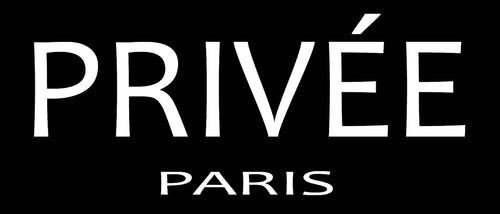Jacquard is a specially woven fabric created using a Jacquard loom. Jacquard fabric is a fascinating textile known for its intricate patterns and luxurious appeal. In this article, we will delve into the history, production process, types, applications, and examples of this remarkable fabric.

The Invention
The history of the jacquard loom is quite significant as well as surprising. It was invented by Joseph-Marie Jacquard in 1801 in Lyon, France, and may well have been one of the biggest influences leading to the industrial and technological revolutions. He developed the Jacquard loom, a mechanical loom that utilized punched cards to control the pattern of the weave. This invention marked a significant advancement in textile technology and laid the foundation for the creation of elaborate designs in woven fabrics.
To get a better understanding of jacquard fabrics, let’s first touch on the process of how all woven fabrics are created. If you look closely at a woven fabric, you’ll notice lines of interlaced yarns or threads. The longitudinal threads that run down the fabric are called the “warp” and the lateral threads that run across the width of the fabric are called the “weft” or “fill” in layman’s terms. A loom is a device that efficiently weaves these threads together to create a fabric. Looms hold the warp threads in place while the weft threads are woven through them. In the world of fabric, there are few inventions that have had a greater impact on production than the loom, and the Jacquard loom is no exception.
When Joseph-Marie Jacquard, a French weaver and merchant, patented his invention in 1804, he revolutionised how patterned cloth could be woven. His Jacquard machine, which built on earlier developments by inventor Jacques de Vaucanson, made it possible for complex and detailed patterns to be manufactured by unskilled workers in a fraction of the time it took a master weaver and his assistant working manually.
Jacquard Loom
To weave fabric on a loom, a thread (called the weft) is passed over and under a set of threads (called the warp). It is this interlacing of threads at right angles to each other that forms cloth. The particular order in which the weft passes over and under the warp threads determines the pattern that is woven into the fabric.

The key to the success of Jacquard's invention was its use of interchangeable cards, upon which small holes were punched, which held instructions for weaving a pattern. This innovation effectively took over the time-consuming job of the draw boy. 
When fed into the Jacquard mechanism (fitted to the top of the loom), the cards controlled which warp threads should be raised to allow the weft thread to pass under them. With these punch cards, Jacquard looms could quickly reproduce any pattern a designer could think up, and replicate it again and again.

The Process
First, a designer paints their pattern onto squared paper. A card maker then translates the pattern row by row onto punch cards. For each square on the paper that has not been painted in, the card maker punches a hole in the card. For each painted square, no hole is punched.
The cards, each with their own combination of punched holes corresponding to the part of the pattern they represent, are then laced together, ready to be fed one by one through the Jacquard mechanism fitted at the top of the loom.
When a card is pushed towards a matrix of pins in the Jacquard mechanism, the pins pass through the punched holes, and hooks are activated to raise their warp threads. Where there are no holes the pins press against the card, stopping the corresponding hooks from raising their threads.
A shuttle then travels across the loom, carrying the weft thread under the warp threads that have been raised and over those that have not. This repeating process causes the loom to produce the patterned cloth that the punch cards have instructed it to create.
Applications of Jacquard Fabric
Jacquard fabric's versatility lends itself to a wide array of applications. Some of the common uses include:
a. Upholstery: Jacquard fabrics add an elegant touch to furniture upholstery, enhancing the visual appeal of any space.
b. Clothing: From evening gowns to casual wear, jacquard fabrics are used to create stylish and eye-catching apparel.
c. Home Furnishings: Jacquard curtains, bedspreads, and tablecloths are popular choices for home decor due to their intricate patterns.
d. Accessories: Scarves, ties, and handbags often feature jacquard designs, adding sophistication to fashion accessories.
Examples of Jacquard Fabric
To better understand the diversity of jacquard fabric, let's explore some classic and modern examples:
a. Damask Jacquard: Known for its reversible patterns, damask jacquard is commonly used in table linens and draperies.
b. Brocade Jacquard: This fabric boasts raised designs that give it a three-dimensional effect, making it a favored choice for formal attire.
c. Floral Jacquard: Floral patterns in jacquard fabrics exude elegance and are often used in dresses and upholstery.
d. Geometric Jacquard: Bold geometric patterns in jacquard fabrics are a popular choice for contemporary interiors.

Today the jacquard loom is still in use, but computers instead of punch cards guide it. It is used to weave many specialized fabrics including brocades, damask, velvet and jacquard. Modern jacquard looms can have thousands of hooks.
Privee Paris is a Pioneer in Finest Shirt Making in Jacquard Fabrics. We are the only shirt brand in India, that makes a wide range of the finest quality Wedding Shirts for Men made of Jacquard Fabrics.

